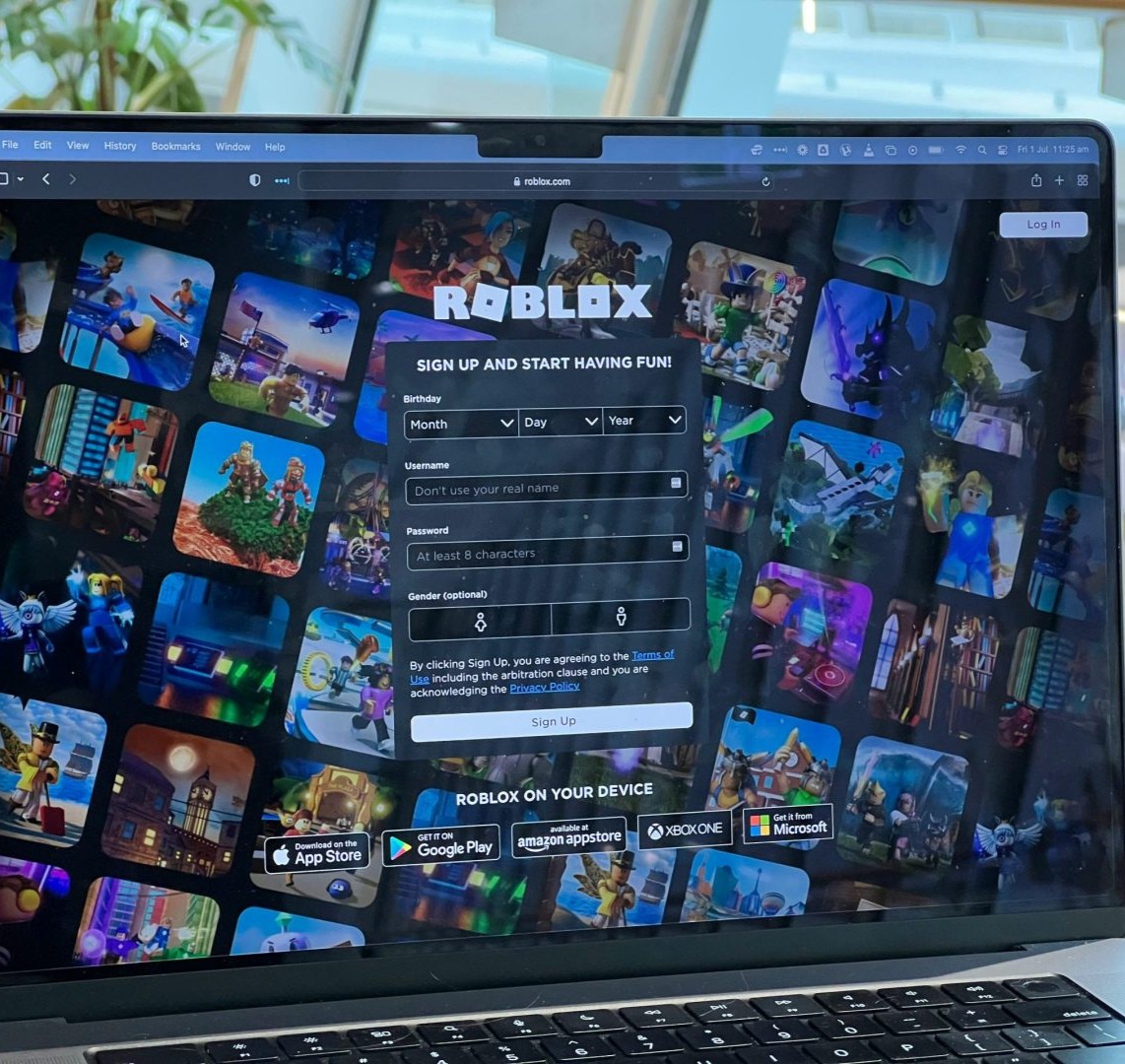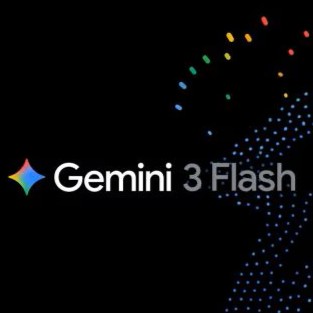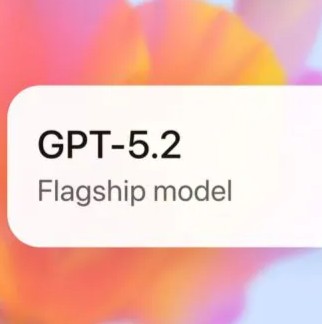Unprecedented Usage Levels Challenge OpenAI’s Financial Model
In a tweet on X (formerly Twitter), OpenAI CEO Sam Altman acknowledged a surprising financial challenge, stating, “Insane thing: we are currently losing money on OpenAI Pro subscriptions! People use it much more than we expected.” This statement sheds light on the strain caused by the unexpectedly high usage levels of ChatGPT Pro, the premium subscription tier powered by GPT-4, OpenAI's advanced large language model.
ChatGPT Pro, priced at $200 per month globally (around ₹17,000 in India), offers exclusive benefits such as faster response times, priority access during peak hours, and the advanced capabilities of GPT-4. However, the subscription’s high popularity has resulted in extensive usage that far exceeds OpenAI's initial forecasts. This usage surge has escalated operational costs tied to cloud computing and server maintenance, creating a financial imbalance.
The Rising Popularity of ChatGPT Pro in India
India has emerged as one of the largest markets for ChatGPT Pro. Professionals across sectors such as IT, education, marketing, and content creation are adopting the tool to boost productivity and efficiency. The subscription has particularly gained traction for tasks like content generation, software development, and research assistance.
The pricing, while relatively high compared to other digital tools, is considered attractive in India given the premium features of GPT-4. This affordability relative to global standards has made India a key contributor to ChatGPT Pro’s growth.
AI Systems: A Balancing Act Between Power and Costs
Running a large-scale AI system like GPT-4 requires enormous computational resources, including advanced hardware, robust cloud computing systems, and significant energy consumption. These costs are compounded when usage exceeds planned capacity. Altman’s revelation points to the delicate balance between offering a robust and widely accessible AI tool while ensuring financial viability.
The pricing model for ChatGPT Pro was designed to partially offset the operational costs of running GPT-4, but the unexpectedly high usage by subscribers has made this model financially unsustainable. This situation is a stark reminder of the challenges faced by companies at the forefront of AI innovation.
OpenAI’s Future Strategy Under Scrutiny
Altman’s disclosure has sparked widespread speculation about OpenAI’s next steps. Possible strategies include revising subscription prices, imposing usage caps, or optimizing the backend infrastructure to handle the load more efficiently. These measures may be necessary to ensure the long-term viability of the platform while continuing to provide high-quality services.
The announcement comes on the heels of Altman’s prediction that AI could significantly replace human roles in the workplace by 2025, further fueling discussions about the evolving role of AI in society and its economic implications.
Broader Implications for the AI Industry
This development underscores a broader trend in the AI sector: as tools become more powerful and widely adopted, maintaining affordability becomes increasingly difficult. OpenAI’s challenges highlight the trade-offs tech companies face as they scale their offerings to global audiences.
Moreover, the situation raises important questions about the future of AI accessibility, pricing models, and ethical considerations in a world increasingly reliant on artificial intelligence for daily operations. As OpenAI navigates these challenges, the industry will be watching closely to see how it adjusts its approach to balance innovation with financial sustainability.
Conclusion
Altman’s candid admission about the financial hurdles of running ChatGPT Pro reflects the growing pains of an industry on the cutting edge of technology. With India playing a pivotal role in the platform’s adoption, the developments at OpenAI are set to influence not only its future but also the broader trajectory of artificial intelligence globally. As AI tools become integral to work and creativity, the spotlight remains on how companies like OpenAI innovate to keep pace with user demands without compromising their financial health.
Source: indiatoday / Chat GPT








